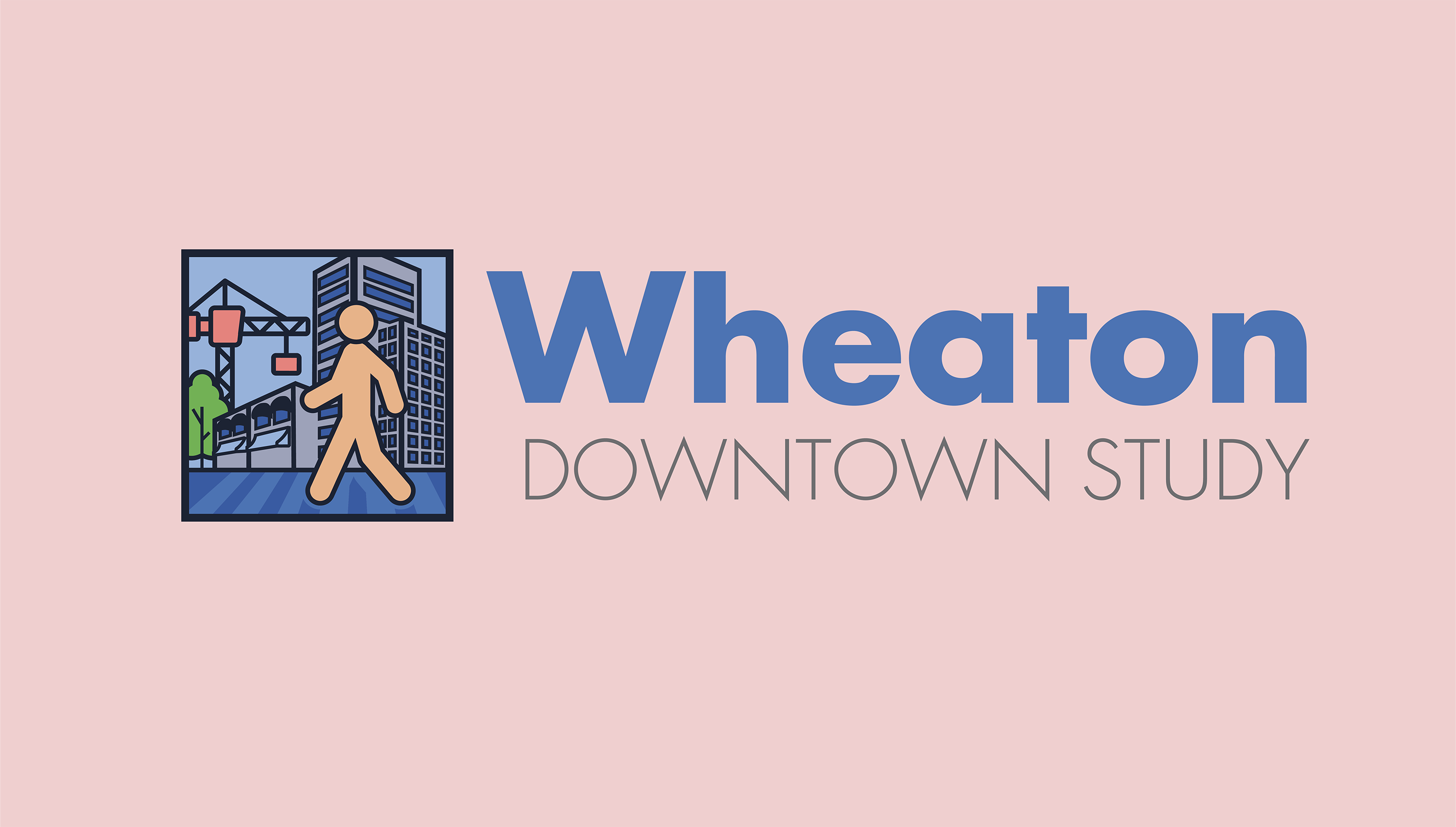 Study identifies strategies to advance Wheaton’s revitalization, improve connections between neighborhoods, and incentivize potential development to fulfill vision of 2012 Sector Plan
Study identifies strategies to advance Wheaton’s revitalization, improve connections between neighborhoods, and incentivize potential development to fulfill vision of 2012 Sector Plan
WHEATON, MD – The Montgomery County Planning Department, part of The Maryland-National Capital Park and Planning Commission (M-NCPPC), briefed the Montgomery County Planning Board Feb. 16 on its Wheaton Downtown Study, which examines the progress and challenges toward fulfilling the 2012 Wheaton Central Business District (CBD) and Vicinity Sector Plan and offers specific recommendations to inform decision makers on advancing the sector plan’s implementation. Montgomery Planning is now sending the completed study to the Montgomery County Council.
Read the Wheaton Downtown Study document
The study comes after extensive market research and data collection, as well as community outreach and stakeholder engagement meetings that have been essential to understanding the strengths, challenges, and opportunities in downtown Wheaton. Planning staff solicited community feedback through an online questionnaire, conducted interviews with property owners, neighborhood leaders, public officials and made connections with community and business groups to share information and ideas.
“Several public and private sector investments, either completed or planned, show downtown Wheaton is making progress. Downtown Wheaton is also now Montgomery Planning’s home. However, challenges remain to fulfill the sector plan vision,” said Acting Planning Director Tanya Stern. “Our study’s research, data collection, and conversations with community members and key stakeholders provide decisionmakers with additional strategies to achieve downtown Wheaton’s full potential and advance the sector plan’s implementation.”
Wheaton’s approved 2012 Sector Plan envisions Wheaton as a major mixed-use center for the Georgia Avenue corridor with culturally diverse retail and entertainment, business and government services, and easy access to a variety of public transit options. The study explores how to further Wheaton’s economic and cultural diversity by strategically leveraging new investment and economic benefits created by large-scale redevelopment, while fostering the successful and entrepreneurial nature of the existing small property owners and businesses interested in evolving and adapting.
The study establishes a suggested urban design framework to create a cohesive downtown that integrates recent development in Wheaton with its small-scale character, while still meeting the needs and aspirations of small businesses, property owners, and residents of the Wheaton CBD and vicinity.
Among the study’s strategies to advance the 2012 Sector Plan are:
Strengthen Wheaton’s Character and Support Revitalization
- Improve pedestrian comfort and safety with wider sidewalks and short pedestrian crossings to major roadways
- Coordinate an enhanced pathways program to improve designated linkages throughout the CBD with pavement treatments, wayfinding, and landscaping to connect Wheaton communities with the downtown area, existing community facilities, and other areas of interest.
- Identify dedicated funds to implement, support, and market efforts that activate publicly owned property through public art and pop-up amenities.
- Enhance support of Wheaton’s multicultural businesses and come up with a specific designation or district name to highlight the various ethnic groups in the area to attract funding for improvements and programming
- Coordinate with the Montgomery County Department of Housing and Community Affairs to promote individual business expression through its ongoing Façade Improvement Program, to develop a livelier frontage environment in keeping with the multicultural presence in the downtown area.
Enhance Existing and Create New Public-Use Space
- Enhance and expand access to public-use space in downtown Wheaton.
- Explore identifying interim public open space location areas within the CBD and promoting the creation of usable public-use space in connection with redevelopment opportunities.
Improve Connectivity
- Coordinate with the Maryland State Highway Administration and the Montgomery County Department of Transportation to:
- Improve pedestrian connectivity by establishing neighborhood greenways, introducing additional protected street crossings, and improving crossings of major highways where the shared streets intersect. Consider incorporating public art in crosswalks to increase the visibility of pedestrians and crosswalks.
- Transform Georgia Avenue and University Boulevard within the existing rights-of-way to slow down traffic, improve safety, enhance sidewalks and walkability, and create opportunities for public activities.
- In future master, sector, or functional plan updates, revise the master-planned right-of-way to accommodate planned transportation facilities while reducing crossing distances to improve pedestrian safety.
- Implement bikeway branding to provide a cohesive identity and provide wayfinding to direct bicyclists to important destinations in the vicinity.
Incentivize Potential Development
- Explore strategies to incentivize and facilitate large- and small-scale development to include small business support, revitalization of public amenities to improve the area’s attractiveness, and collective parking solutions to maintain small business rent affordability through redevelopment.
For more information on the study and ways to stay connected with Wheaton planning news and updates, please visit the Wheaton Downtown Study website.